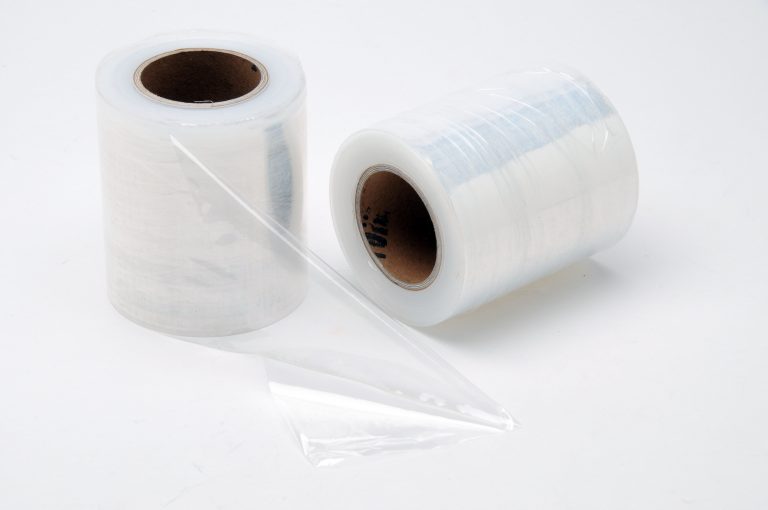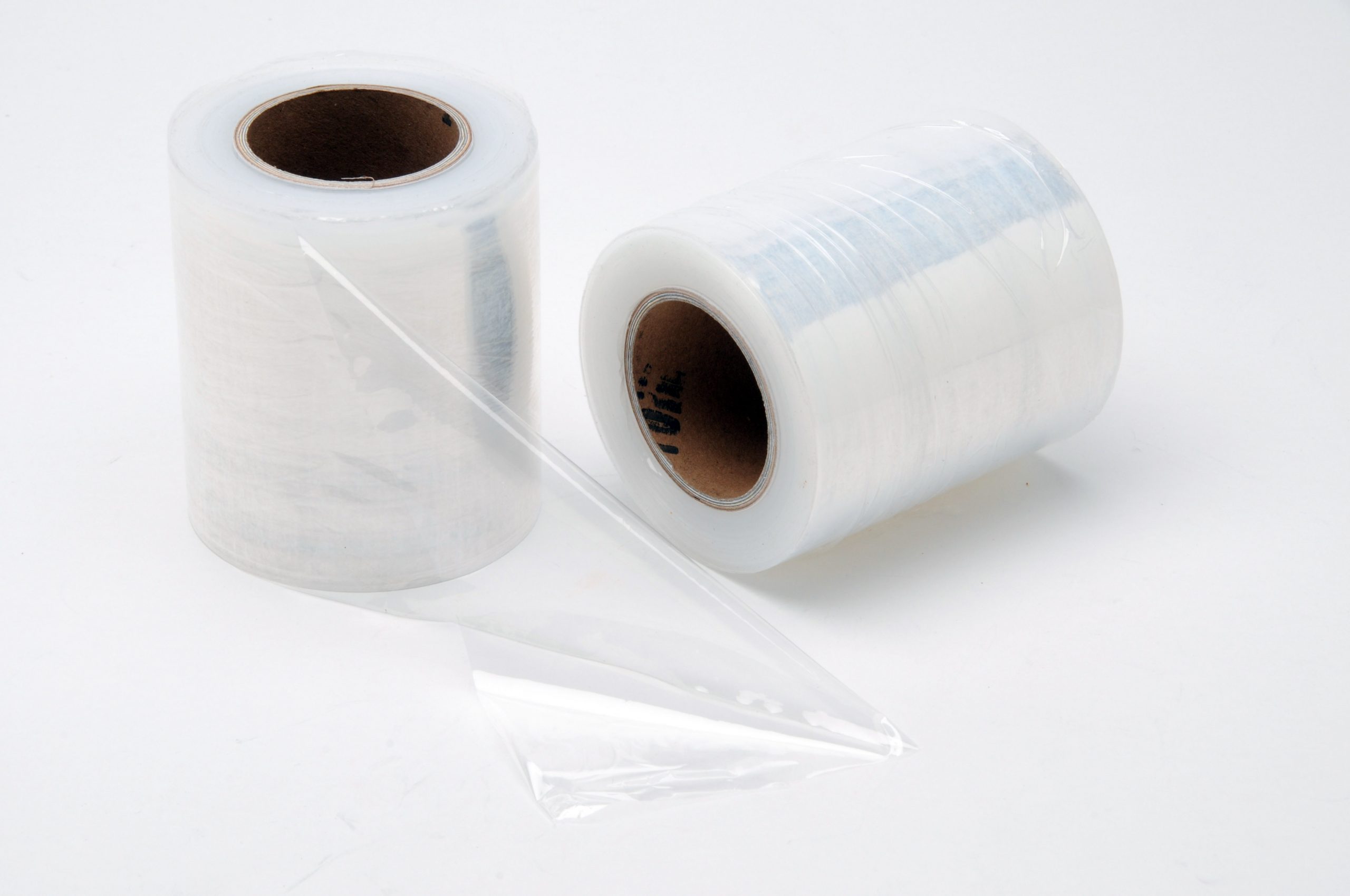Flexible packaging is everywhere on the store shelves. This format is convenient and appreciated by consumers because it is easily transportable, lightweight and compact. If they are so practical and transportable, it is primarily because they are strong and flexible and offer no risk of tearing, for example.
We owe this to plastic, which replaced paper for this type of packaging. A flexible package now consists of films made of plastic bonded together to form a multilayer structure, therefore, the package remains flexible and most importantly, solid.
The choice of adhesives must be made depending on the application of the package and the conditions to which it will be submitted. For example, a bag of snacks doesn’t need high-performance adhesives, while packaging subjected to great temperatures will need special and powerful glues. This choice of course, has an impact on the price… and the environment.
As often with adhesives, the question of sustainable development arises. The presence of solvent is problematic because these chemicals, however effective they may be, have an important ecological footprint.
There are many solutions for adhesives without solvents for flexible packaging, but their use is still limited since these adhesives do not yet support all applications and are not suitable for the most demanding packaging.
In recent months, innovations have occurred in adhesives and in the replacement of solvents. Even better, there are now water-based adhesives, making them fully compostable! Tests show that this adhesive named Epotal P 100 Eco (developed by BASF), degrades up to 90% in only 70 days.
IMS is now using some greener adhesives for multilayer films. Perhaps the future is of adhesives for flexible packaging applications is here, if the results and of course, the costs, are as good as other types of adhesives.








